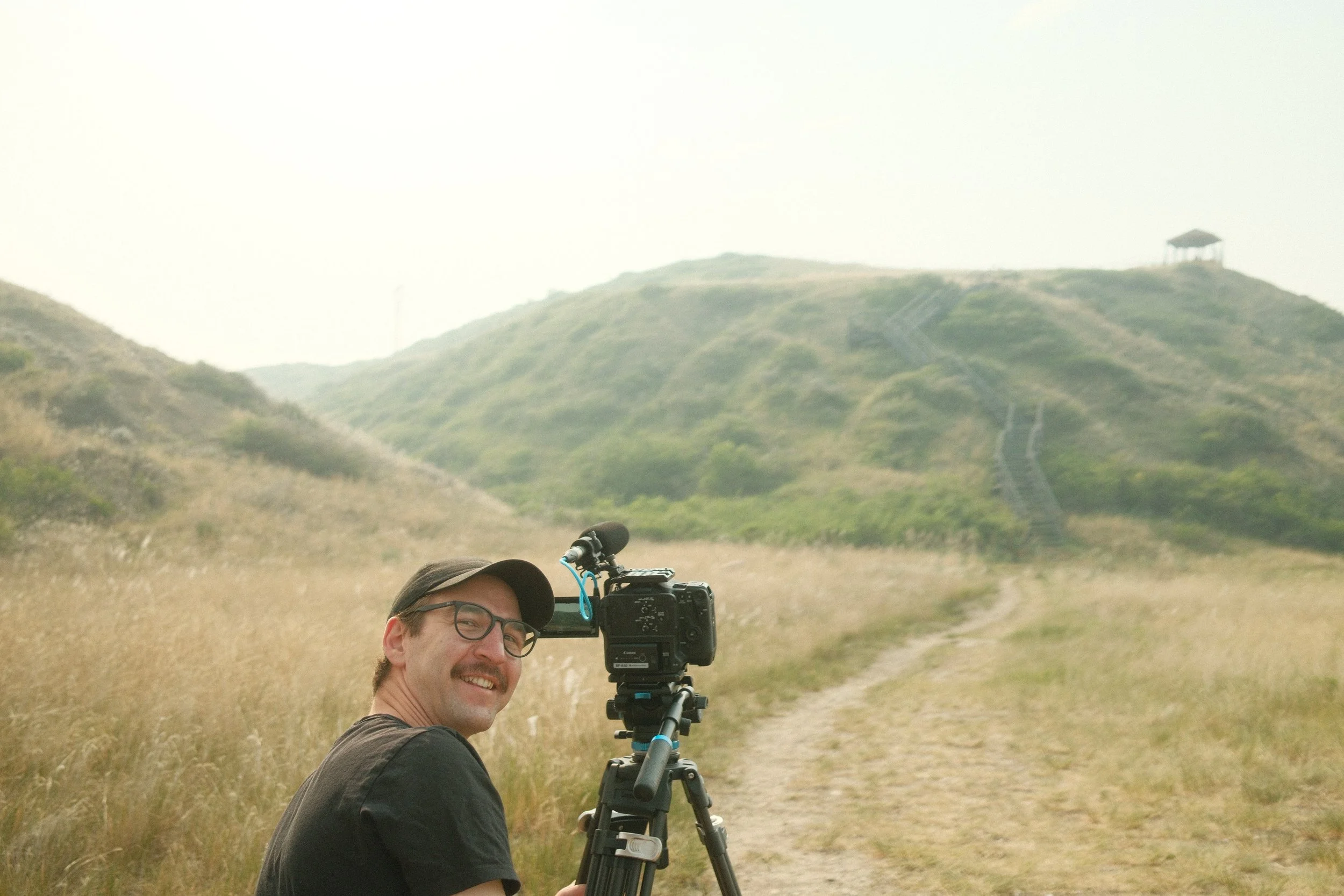Beyond Words: The Visual Form
When you choose to work in a medium like photography or video, it’s worth remembering there’s a reason for that choice. Every visual art form has a raison d’être—a purpose that shapes why you’d use it to communicate a message.
Often, someone will come to us asking for help creating a video project. That’s always exciting—until the conversation goes a step further and we ask, “Why are you choosing video for this?” Surprisingly often, that simple question leaves people stumped.
This isn’t a problem because we can’t make something look good—that part is easy. The real challenge is understanding how to measure success. When a collaborator has no clear or realistic way of gauging whether a project has worked, that’s when alarm bells start ringing.
The goal of this article is to help you understand why you might choose a visual medium. We’ll approach the topic broadly, since it applies to people from all walks of life—brands, non-profits, and even fellow visual artists.
A visual medium is a form, much like poetry. A poet chooses rhyme, rhythm, and meter not to explain everything in detail, but to create an experience. Visuals are no different—they’re chosen for how they communicate, not for exhaustive explanation.
Photo by Austin Knibb
There’s an old saying in the film industry: “Show, don’t tell.” It may be overused, but it carries a truth worth unpacking.
When you choose—and choose is the right word—to work in visuals, you’re committing to a medium that speaks differently than words. It isn’t a written article, and it isn’t a piece of music. That doesn’t mean you shouldn’t use it; it means you need to approach it with the right mindset.
Too often, people turn to video simply because “that’s what everyone does now.” The result is a 20-minute brand video, a talking head reading from a teleprompter, explaining everything the company is and believes—all in one sitting. There’s nothing inherently wrong with that, but it’s worth asking: Who is actually going to watch it to the end?
Information videos have their place, but if your only reason for making one is that video is “in,” you’re using the medium for the wrong purpose. Visuals have a unique power: they can build empathy and communicate deeply without a single word. This is one of the great strengths of visual art. Images can make people feel understood—not just connected to—but seen for who they are and even for who they hope to become.
If another medium could convey your message more effectively, it’s worth considering that alternative. Visuals carry an unspoken message through composition, tone, and design—addressed not to an abstract “audience” but to individual human beings. In an era where attention is treated as a commodity, brands can forget that their message reaches real people, not algorithms. And as social media has matured, so have the people using it.
We often hear, “How do we stand out?” as if colorful visuals alone will capture attention. But the goal isn’t to play the attention game—it’s to play the communication game. You’re communicating value to people, and that’s why they’ll connect with you. Think about how many ads you skip on YouTube, or how many reels you swipe past on Instagram or TikTok. The same can happen to your work. If you try to make noise, you’ll get lost in it.
Visual communication isn’t just about making something look nice—iPhones can do that well enough these days. What matters is creating images that connect and empathize. Work that is human and human-centered, not tailored to flatter an algorithm.
Visuals aren’t just another vessel to pour the same old message into. They can extend and enrich a message, certainly—but their strength lies in doing something other media cannot. For example, a campaign might include radio and print, with a video element adding depth and a human presence. But the video shouldn’t simply duplicate the print or audio work. Each medium speaks in its own language.
We like to think of media as instruments in a symphony. Each has its role and its own way of moving people. The symphony happens when they play together, distinct, but in harmony.
When you are debating whether or not to use a visual medium for your messaging, it is important to remember how people engage with images. The keyword for us is: empathy.


